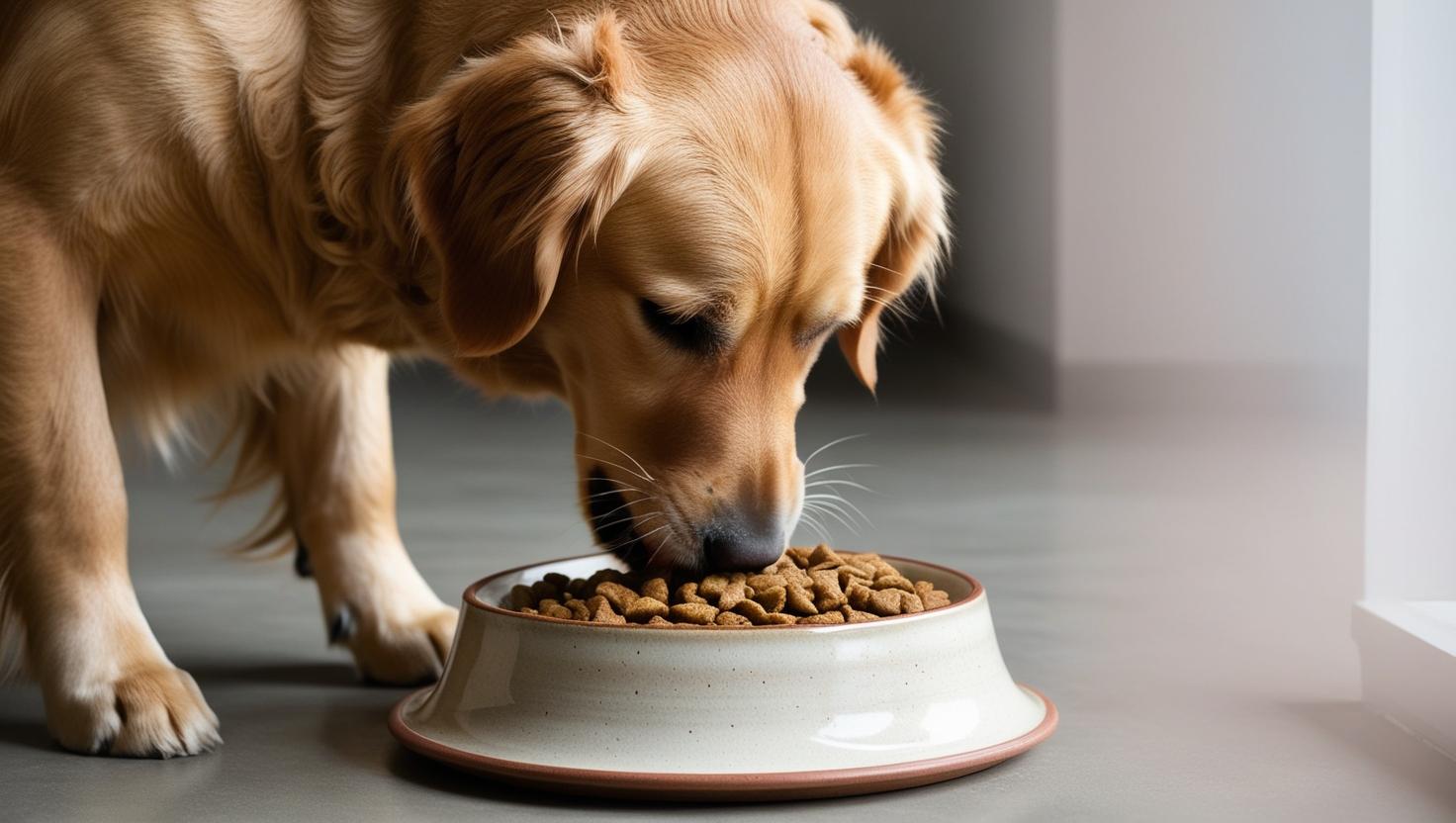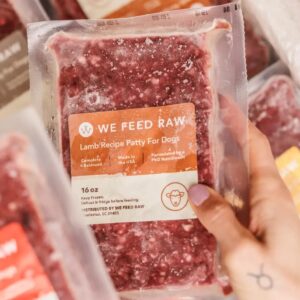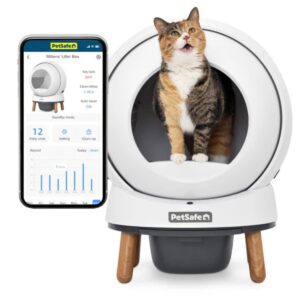What Makes Dog Food "Low-Quality," Anyway?
Before we talk about the fallout, let’s get on the same page about what “low-quality” really means when it comes to dog food. Spoiler alert: it’s not just about the price tag.
Low-quality dog food often:
Relies heavily on fillers like corn, wheat, and soy
Contains unnamed “meat by-products” instead of specific proteins (think “chicken meal” vs. “meat meal”)
Uses artificial colors, flavors, and preservatives
Lacks enough high-quality animal protein
Skimps on omega fatty acids, probiotics, and other beneficial nutrients
Basically, it’s food that fills the bowl but doesn’t really fuel the dog.

Hidden Cost #1: More Vet Bills Over Time
Think about it: if your dog’s body isn’t getting the right building blocks from their food, it’s only a matter of time before issues pop up.
Common health problems linked to poor nutrition include:
- Skin conditions (itching, hotspots, dull coat)
- Chronic ear infections
- Obesity and related illnesses like diabetes
- Digestive troubles (gas, diarrhea, vomiting)
- Weakened immune system
- Joint problems and arthritis
And unfortunately, vet visits aren’t cheap. Each little “ear infection check” or “itchy skin consult” can rack up vet bills faster than you can imagine. Over time, you might end up spending far more on treating preventable issues than you ever saved buying that bargain-brand kibble.

Pro Tip!
Prevention is almost always cheaper than treatment. Choosing a high-quality dog food now can save you thousands in vet bills later—not to mention saving your dog a lot of discomfort.
Hidden Cost #2: Shortened Lifespan and Poor Quality of Life
This one hits hard.
Feeding your dog low-quality food over the long term doesn’t just lead to minor health annoyances. It can seriously impact their overall lifespan and vitality. Nutritional deficiencies can accelerate aging, exacerbate genetic health problems, and make their senior years a lot tougher than they need to be.
A dog that’s nourished with the right nutrients tends to have:
- A shinier coat
- More energy and playfulness
- Stronger immune defenses
- Better joint health as they age
On the flip side, undernourished dogs often become sluggish, achy, and prone to illnesses much earlier in life.
And let’s be honest—no one wants to say goodbye sooner than they have to.

Hidden Cost #3: Behavioral Issues
Here’s something you may not have connected to diet before: your dog’s behavior.
Poor nutrition can affect your dog’s mood and cognitive function. Ever feel cranky when you’re living off fast food? Dogs aren’t much different. Without proper nutrients, they can become:
- Hyperactive
- Anxious
- Aggressive
- Easily distracted
If you’re struggling with training issues, reactivity, or general restlessness, your dog’s food might be playing a bigger role than you think.
Nutrient-rich diets help stabilize blood sugar, support brain health, and provide the energy dogs need to learn and behave appropriately. It’s not a magic bullet, but it’s a huge piece of the puzzle.
Finding Better Dog Food (Without Blowing Your Budget)
The good news? You don’t have to spend a fortune to feed your dog well. Thanks to the rise of dog food subscription services that prioritize fresh, balanced, and transparent ingredients, it’s easier than ever to upgrade your dog’s diet.
Services like these often:
- Customize meals based on your dog’s size, breed, and health needs
- Use real, whole-food ingredients (things you recognize)
- Avoid fillers, additives, and artificial junk
- Deliver straight to your door, saving you last-minute grocery store runs
Plus, many offer trial deals or discounts for first-time customers, making it super affordable to get started. (If you’re curious, we have a guide to the best dog food subscriptions that can help you find one that fits your needs.)

Pro Tip!
How to Spot a High-Quality Dog Food
Named Proteins First
Chicken, beef, turkey, lamb—not just “meat meal” or “animal fat.”
Limited Fillers
Avoid foods where corn, wheat, or soy show up in the first few ingredients.
Real Fruits & Vegetables
Ingredients like sweet potatoes, blueberries, carrots, and spinach are a good sign.
Added Nutrients
Look for omega-3s (for skin, coat, and joints), probiotics (for digestion), and glucosamine (for joint health).
Clear Ingredient list
If you can’t pronounce half the ingredients – especially if they’re in the first half of the list- or they sound like a chemistry set, think twice.
AAFCO Statement
Make sure the packaging states the food meets the nutritional levels established by AAFCO for your dog’s life stage.

FAQs
How can I tell if my dog’s food is causing health problems?
Watch for red flags like chronic itching, ear infections, digestive issues, low energy, or sudden behavioral changes. A vet visit and a diet upgrade can make a big difference.
Is expensive dog food always better?
Not necessarily. Some pricey brands still use questionable ingredients. Focus on the quality of the ingredients list, not just the price tag or the branding.
How long does it take to see a difference after switching foods?
Some improvements—like more energy or less itching—can show up within a few weeks. Bigger changes, like better coat health or weight management, might take a few months.
Should I ask my vet for dog food recommendations?
Definitely! Just be aware that some vets partner with specific brands. It’s okay to ask for ingredient-based advice rather than a brand name if you want to explore options.
Are fresh food subscriptions worth it?
For many dogs, absolutely. Fresh foods are highly digestible, nutrient-rich, and often lead to noticeable improvements in health and behavior. Plus, they’re super convenient for busy pet parents.
Final Thoughts: What’s Really At Stake
You May Also Like...
Keep your dog safe while they explore with top GPS collars and virtual fences. From advanced tracking to adaptable boundaries, find the perfect solution here!
10 Best Dog Food Delivery Services of 2024
You know that choosing the right dog food is absolutely vital to your pup’s health and happiness, but with busy schedules, getting top-quality meals can be a challenge.
Best Self-Cleaning Litter Boxes for Cats
We’ve reviewed the top self-cleaning litter boxes to help you find the perfect one for your cat. We’ve ranked the best options based on performance, design, and ease of use.
Author
-
Hi there! I'm Nicole! I've been a pet owner for most of my adult life and an animal lover for much longer than that. I grew up with a wonderful German Shepherd named Jake, who I loved SO much that I named my son after him. When I'm not writing for DogVills or my own site, Pretty Opinionated , I love spending time with my teenager (when he actually lets me), my Pharaoh Hound Freya and a slew of cats. I'm also an avid reader AND a total TV fanatic. If you'd like to learn more about me, feel free to check out my Linked In profile.





